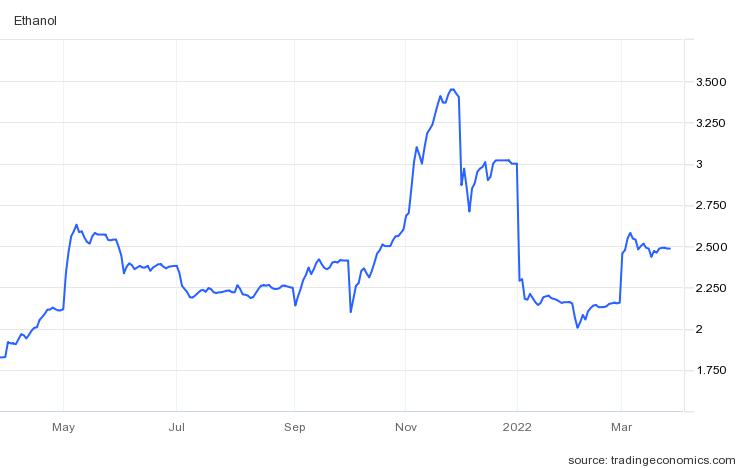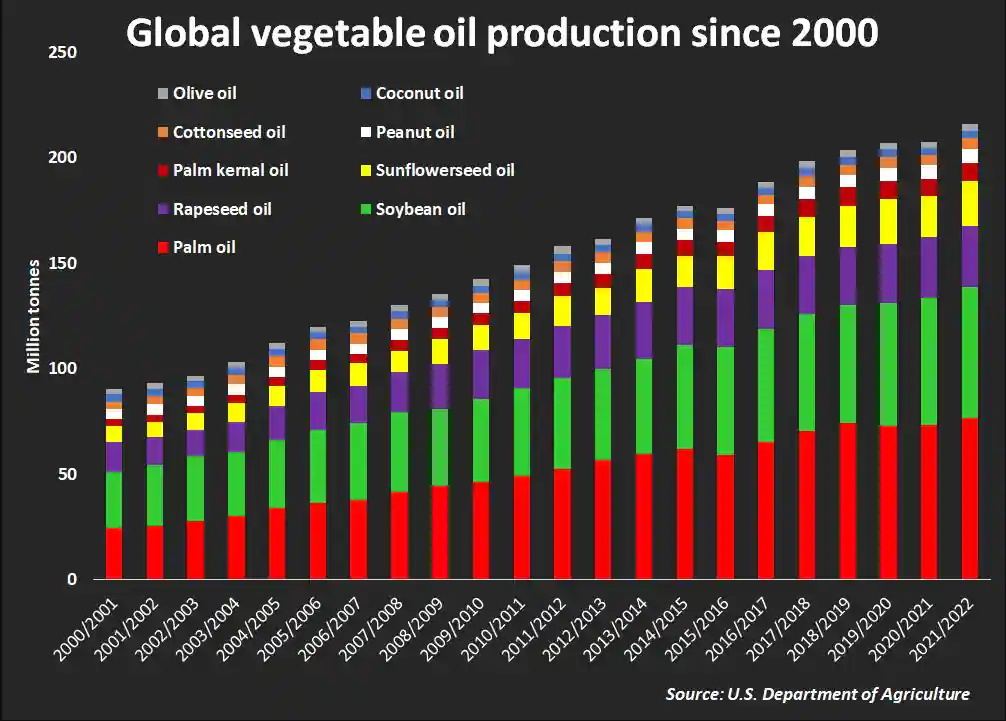Outside of agriculture there is a feeling of vast quantities, that farmers produce too much corn, soybeans, cotton, and other monocrops in a habitat destroying, bee killing, rural, backward, government sponsored enterprise that is slowly adding to climate change and environmental destruction. Agriculture is largely reactionary and heavily influenced by capitalism. If the need is there, and the price is right, the crop will be produced. One of the Three Sisters Corn, the silage, feed stock, multi-use plastics and sugar crop that has come to dominate the American Midwest. We grow too much, or do we not grow enough? Biofuels are no better for the climate, so we have to cast that aside, so why corn for fuel? The ethanol derived is often much
Topics:
Michael Smith considers the following as important: agriculture, climate change, Michael Smith, Plant 22, US/Global Economics
This could be interesting, too:
Joel Eissenberg writes How Tesla makes money
Angry Bear writes True pricing: effects on competition
Angry Bear writes The paradox of economic competition
Angry Bear writes USMAC Exempts Certain Items Coming out of Mexico and Canada
Outside of agriculture there is a feeling of vast quantities, that farmers produce too much corn, soybeans, cotton, and other monocrops in a habitat destroying, bee killing, rural, backward, government sponsored enterprise that is slowly adding to climate change and environmental destruction. Agriculture is largely reactionary and heavily influenced by capitalism. If the need is there, and the price is right, the crop will be produced.
One of the Three Sisters
Corn, the silage, feed stock, multi-use plastics and sugar crop that has come to dominate the American Midwest. We grow too much, or do we not grow enough? Biofuels are no better for the climate, so we have to cast that aside, so why corn for fuel? The ethanol derived is often much cheaper than gasoline and can be substituted or blended as most gas is in order to drop the price at the pump for the average American.

Current spot price indicates that at $2.50 a gallon, when blended with gas, would make fuel more affordable. Now, corn crop is highly dependent upon yield. One thing I can say is that the ethanol plants are highly efficient with their process, corn goes in, fuel goes out and the waste is blended into cattle feed. We can also infer that plastics made from corn will also be cheaper due to the price per barrel of oil derived plastics are higher. Corn derived plastics are called Polylactic Acid, or PLAs for short, and this table sums up the cost per gram of each poly resin currently on the market.

Corn plastics, at $0.03 per gram are about comparable with oil derived plastics such as poly ethylene and nylon. Now, PLA has some different qualities than oil derived plastics, so the uses are limited to plastics bottles which are abhorrent, and other low pressure, low heat applications. Bring back glass bottles for all.
Corn also is a principal ingredient in silage, and a vast majority of the corn we grow goes into sustaining the herds of beef, pork, and poultry that we keep to feed protein to the population. The vast majority of silage is fed to bovine ruminants to produce milk and meat, principally during winter when forage is at its lowest.
Corn sugar is also a huge industry. Corn sugar as a monosaccharide is easier for yeast to ferment, hence moonshine, Budweiser beer, etc. Corn also has a larger growing range than sugar cane. Cane sugar is a tropical plant that grows mostly further south than corn. Texas and Florida can successfully pull off a sugar cane crop, however, a corn crop realizes a better yield, and the fructose is sweeter than cane sugar (sucrose). Relative sweetness in products allows them to put less in to achieve the desired flavor profile.
Corn derived fructose allows for sweeteners to be grown in higher latitudes and also in abundance to make the historical price of sugar decline into something obtainable for the average family.
The Second Sister
Olive oil is, without a doubt, the most expensive oil you can buy. The science of whether it is better to consume, well, let the buyer sort that out. Corn can also be used for oil, but today, most vegetable oil is from crushed soybeans. Soy oil can also be used as fuel, as the Biden Administration, among others has sought to make a push for. There is also sunflower oil, safflower oil, canola, avocado, and peanut oils. But its stands true that the cheapest cooking oils are vegetable oils and are soy based. Soy oils have always been widely used, however palm oil still holds the record, unfortunately. Palm is a messy business that involves Indonesian rainforest burns to plant palm orchards to provide to the cooking oils markets.

Soy is also included in the silage to feed to the beef, pork, and poultry industries. Soy is also a highly consumed protein product as well. Think, edamame, tofu, etc. The beans themselves make a nice curd, or can be fermented and salted to make a host of things. Soy is as versatile as corn if not more so. Corn milk still isn’t a thing. Yet.
Soy beans, post crush and oils extracted, are also thrown into livestock feed. The proteins are essential to everything from dog food to chicken feed. Waste materials still have value.
You can’t eat that.
Cotton is one of those rare crops that we grow large amounts of that are not for food. We grow a lot of cotton, whole swaths of Texas and Mississippi planted with cotton each year for textiles, in addition to cotton seed oils that mirror the same chemical and energy density as diesel. Cotton and wool are the original fibers from antiquity. An increase in cotton farming would threaten the nylon and poly fibers that are currently cheaper than the natural alternative. Cotton jeans are just that much better in my opinion. Cotton is also compostable and does not increase the amount of micro plastics now being identified… everywhere.
There are multiple other agricultural products that we grow worldwide that are beneficial, wheat, grains, many, many more that are for human consumption that feed into the social energy. These few discussed are the most widely used and in various applications for both social energy and mechanical. We should honestly consider growing more. The more oils, fibers, fuel we can get from above the ground will allow us to slow down the pumping from beneath the ground.


